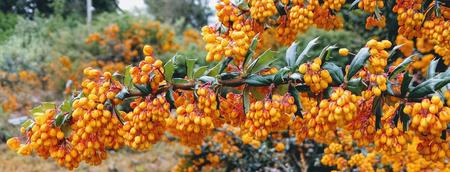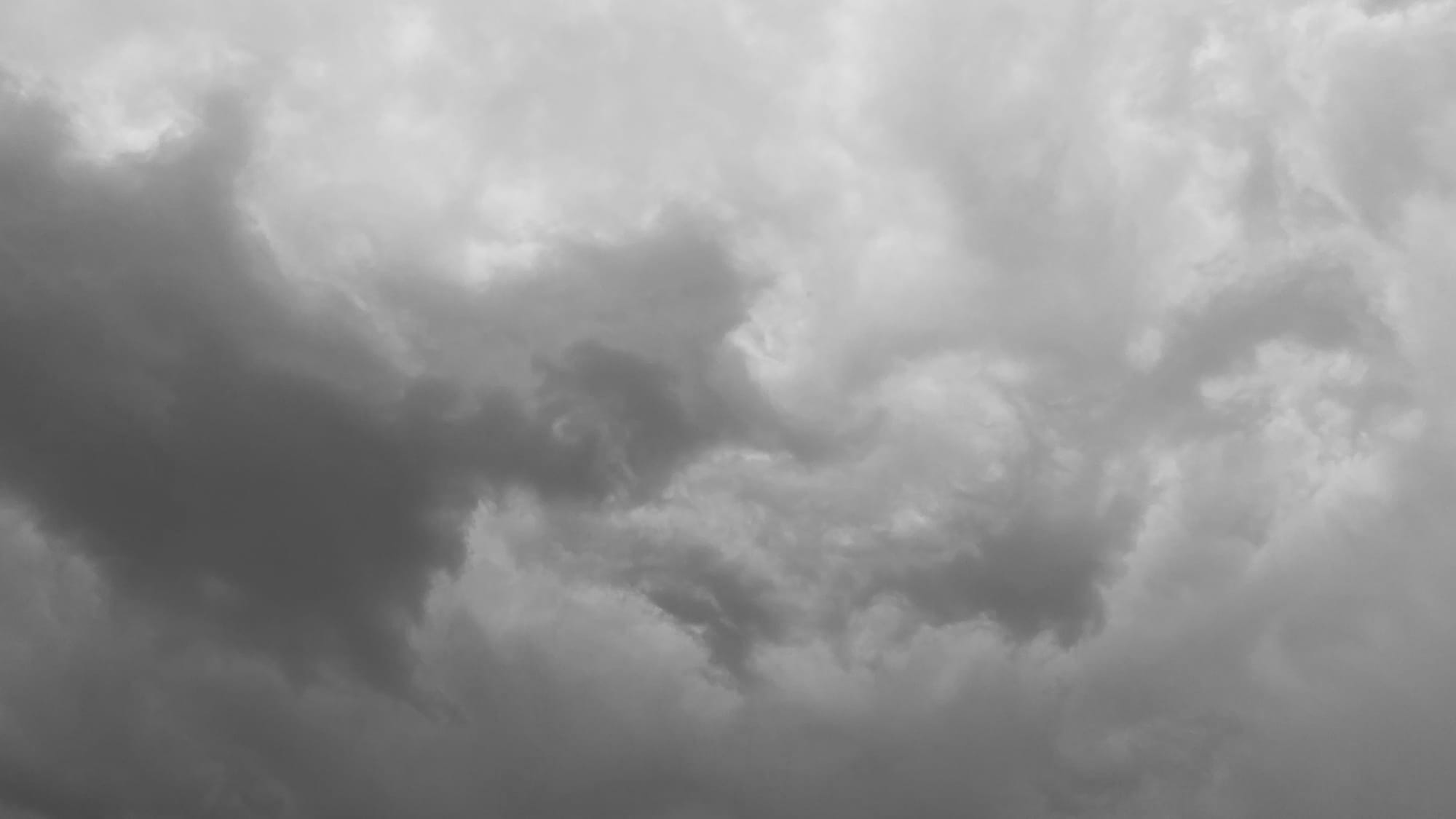Online reading
A few conversations this month have sent me back to Donella Meadows’ Leverage Points: Places to Intervene in a System. In this short essay from 1999, she wrote about formulating a list in a burst of exasperation, and then having to explain it. Here’s how Meadows introduces the thing:
What bubbled up in me that day was distilled from decades of rigorous analysis of many different kinds of systems done by many smart people. But complex systems are, well, complex. It’s dangerous to generalize about them. What you are about to read is a work in progress. It’s not a recipe for finding leverage points. Rather it’s an invitation to think more broadly about system change.
What this invitation turns out to be is a list of twelve places to intervene in a system, ranked in order of effectiveness, spanning from (least effective):
12. Constants, parameters, numbers.
to (most effective):
1. The power to transcend paradigms.
I have benefited from this document many times over the years:
- It guides me away from “inflicting help” (thanks, Jerry Weinberg) by offering interventions that are not wanted.
- And it guides me toward noticing interventions that:
- People love to do—“quick fixes” or strategy or whatever—but
- End up pushing problems around. They will never be effective in changing systems.
That said, what I offer now is an invitation to ponder Meadows’ invitation.

ProSci has published a great online guide to managing resistance to change. I was pleased to see this as it shares a bunch of their research findings and recommended actions that one would normally have to hit the books or take a course to access. I’ve written about resistance before. If you want to dig in to the topic and get a few solid checklists and approaches for making the most of this important signal, start here:

(Although, if you have a few days and a professional development budget, consider their three-day certification course.)
On the site
I’ve refreshed a couple pages on the site recently, including:
- a less bad biography/introduction page,
- a new consulting page, and
- a much shortened set of recommended books and sites.
Upcoming event
In April, May, and June, some practitioners and teachers of Liberating Structures—a facilitation approach I’ve written about before and use regularly—are hosting a series of online gatherings under the topic of “Vitalizing Health, Care, and Community with Liberating Structures”.
One problem folks run into when learning group facilitation is that the best way to learn this is to see one, do one, teach one. But it’s not always easy to find opportunities to watch other facilitators do what they do, and then to practice the methods directly. I lucked out: I learned Open Space Technology by watching Michael Herman do it decades ago. And my first real exposure to Liberating Structures was at some local events in Seattle.
Because this series is offered online and has sliding scale pricing, consider attending if the topic or the format are interesting to you:

The storm
2025 in America has been tough so far, and things are worsening rapidly. So many people have lost so much in such a short time. It is like watching a bulkhead in ill repair erode with each tide. Can such erosion be restored, reversed? Yes, but not without huge effort and coordinated action. That’s why I am so focused on systems thinking and facilitation these days:
- Systems thinking as a way to reason about systems, power, change—not “merely” in the workplace, but all around us.
- And facilitation as a simple, whole-hearted way to improve gatherings.
Last week we had an evening of spring thunderstorms, with cautions of hail and wind damage—rare weather conditions here in the Pacific Northwest, especially this time of year and at the forecasted intensity. I grew up in the middle of the cornfields in Michigan, so something in me is always longing for a thunderstorm. Hearing rolling thunder as the clouds rushed overhead was such a joy. The beauty of weather. Here in Tacoma, the worst conditions did not come to pass—no hail, no wind damage, and so forth. But it was good to prepare, and to be ready. To watch and to listen. And now, a few days later, everything is in bloom and the blossoms are very fragrant and bright.



